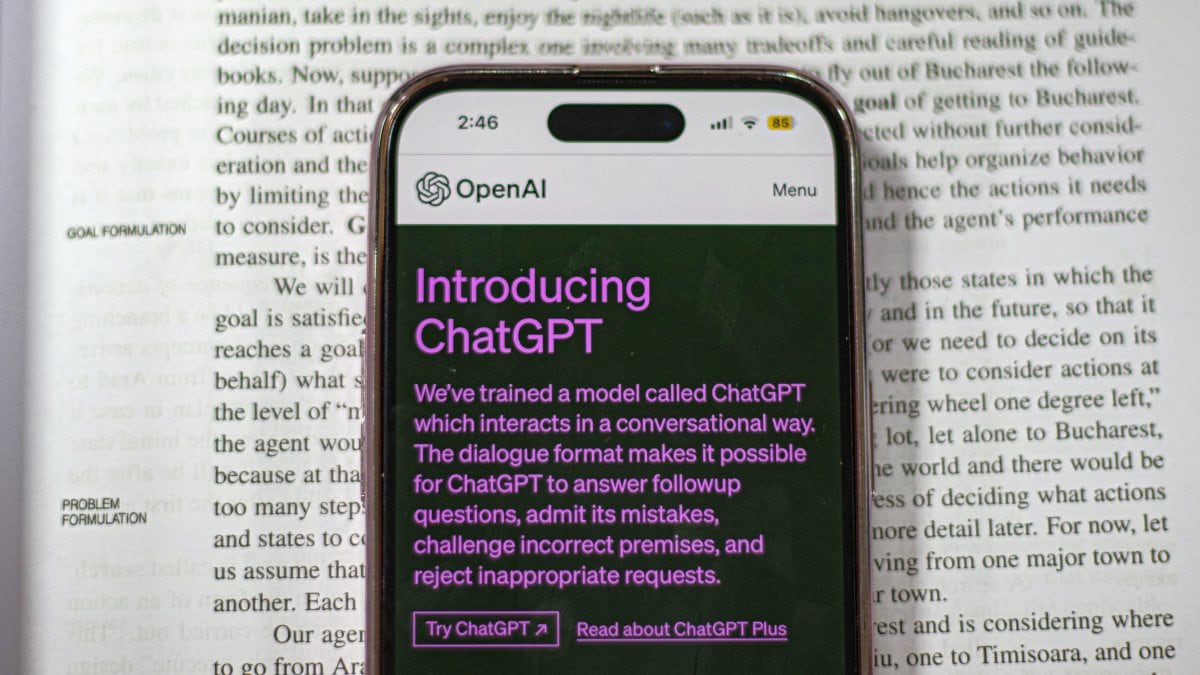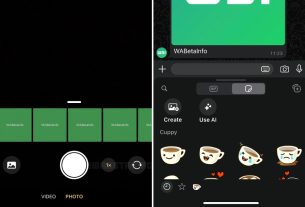
ChatGPT — the popular chatbot from OpenAI — was launched by the company in preview form a year ago and has grown in complexity and capabilities since its initial release. The company has since launched a premium subscription service that allows paying users to access a more powerful version of the chatbot along with early access to upcoming features and reduced downtime. OpenAI’s technology is also used to power Microsoft’s Bing Chat, and the company’s own chatbot has been updated with support for plugins, while the company also unveiled a much more powerful version earlier this month.
From its arrival in November 2022 in the form of a free AI chatbot to the release of the powerful new GPT-4 Turbo for paying subscribers earlier this month, there’s how ChatGPT has evolved over the course of a year, gaining new features and functionality along the way.
OpenAI launches ChatGPT powered by GPT 3.5
While OpenAI began working on its generative AI technology that powers ChatGPT in 2016, the company only introduced the tool as part of a free research preview on November 30, 2022. At the time, ChatGPT was powered by OpenAI’s Generative Pre-trained Transformer 3.5 (GPT-3.5) models, but the tool was only trained on information up to September 2021.
ChatGPT Plus and GPT-powered Bing announced
Earlier this year, OpenAI rolled out an optional subscription plan for “ChatGPT Plus” that would provide premium access to the company’s chatbot. While users could — and still can — access the chatbot for free, paying customers would get access to new features, early access to unreleased features, and less downtime. Days after OpenAI’s announcement, Microsoft unveiled a new version of Bing that was powered by OpenAI’s GPT models. Bing Chat was rolled out to users on smartphones and via the Microsoft Edge web browser.
OpenAI launches ChatGPT API, unveils plugins and GPT-4 models
ChatGPT users were previously limited to accessing the chatbot via OpenAI’s service, but the arrival of the ChatGPT API allowed app developers and web designers to quickly integrate support for ChatGPT — leading to a surge in apps and web services powered by AI chatbots. In March, the service was banned in Italy over collection of personal data and a lack of age verification tools — the ban was lifted a month later.
The firm quickly followed up with the release of GPT-4, a powerful update over the preceding model, that was integrated in ChatGPT and Bing Chat — you can use GPT-4 on the latter for free, and it has picked up several new improvements and enhancements over the past few months. It also added support for plugins on ChatGPT, which allow the chatbot to browse the web and understand code.
ChatGPT comes to iOS and Android, gets powerful new features
OpenAI’s chatbot made its way to a smartphone via a dedicated iOS app in May and the company allowed users to access a version of the app powered by GPT-3.5 for free, while paying subscribers could access GPT-4 for better answers and more detailed information. The app was released for Android users in July.
ChatGPT gained new capabilities in September when OpenAI revealed that paying subscribers would be able to upload images, or use the ChatGPT mobile app to ask queries with their voice — this feature was later rolled out to all users. The chatbot was also upgraded with support for the image generation model DALL-E 3, for ChatGPT Plus and ChatGPT Enterprise customers.
OpenAI unveils GPT4 Turbo with advanced capabilities
Earlier this month, the AI firm announced GPT-4 Turbo, an enhanced version of OpenAI’s GPT-4 model. It was also the first time since GPT-3.5 was released last year that the company increased the amount of information the chatbot was trained on — while GPT 4 and older models can access data up to September 2021, GPT-4 Turbo can view information up to April 2023. Its context window is now 128k, which means that it can now process up to 300 pages of a book when it is responding to a user’s query.



